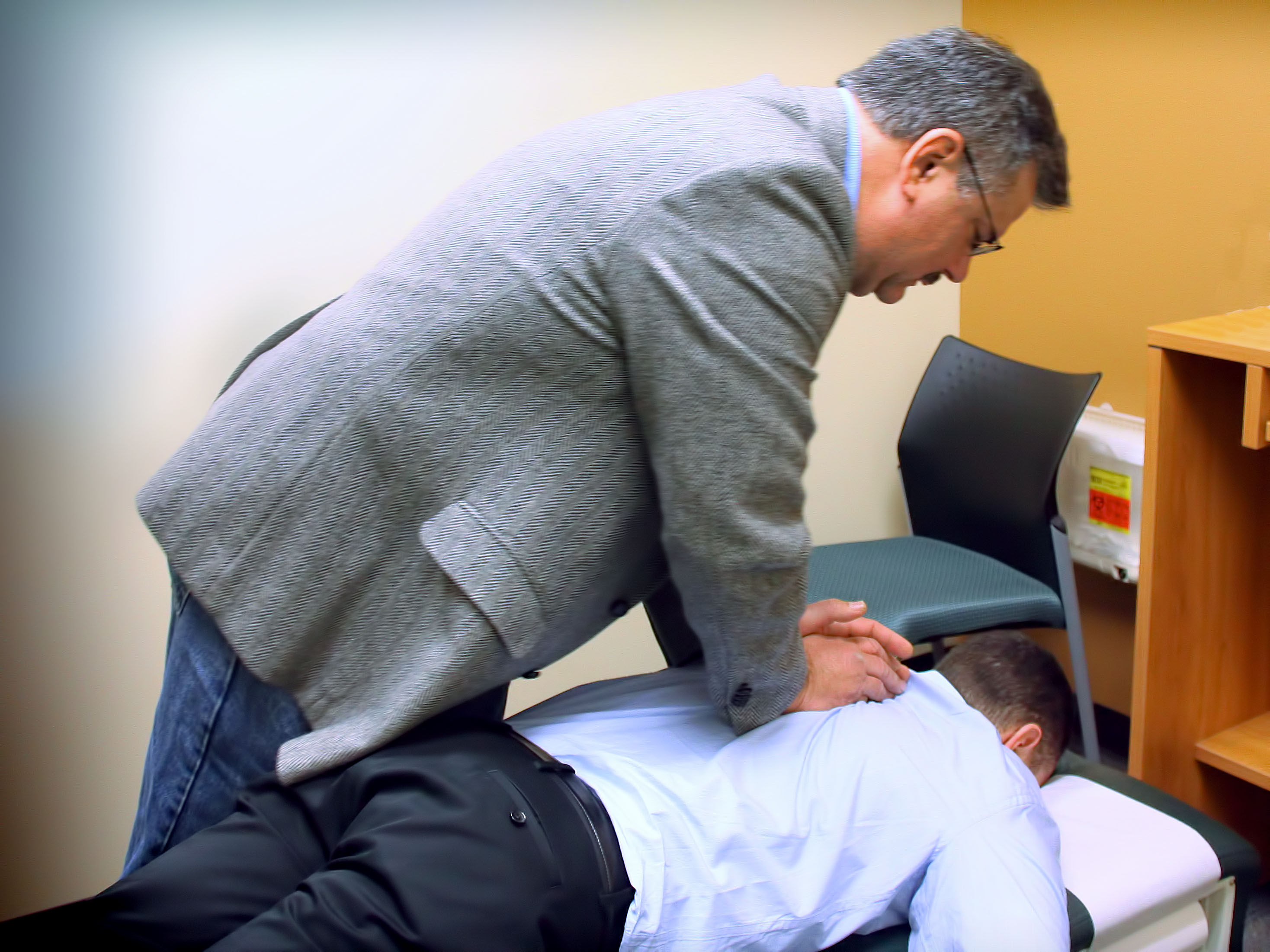Chiropractors realign the musculoskeletal system to reduce pain, inflammation, and muscle adhesion. Chiropractors tend to choose one of two methods to treat the musculoskeletal system: hands-on adjustments or instruments, such as the activator. Explore the differences between the two techniques before you seek chiropractic care.
Benefits of Hands-on Adjustments
Hands-on adjustments are the traditional way to deliver chiropractic care, and many practitioners still prefer this method. Chiropractors are taught the hands-on treatment style in their education. As a result of early exposure, chiropractors have the most familiarity with this method.
When a chiropractor assesses a patient’s spinal alignment using their hands, they can feel where the spine is out of alignment or where tissue is impinged, causing mobility restrictions. They can gauge the effectiveness of adjustments, so they don’t overdo it and cause more pain. With chiropractic care, staged treatment is best as it allows the body to adjust to new alignment gradually. Chiropractic adjustments are generally safe unless there are certain risk factors, such as spinal cord compression, says Dr. Jeffrey D. Gross, M.D.
Chiropractors can also warm up the muscles using their hands before each adjustment. When the muscles are warm, it takes less force to create the desired movement. As a result of the incremental approach, many patients find hands-on adjustments soothing.
In some circumstances, hands-on adjustments can be less precise than instrument-aided adjustments. There may be circumstances where it’s a better treatment method to rely on instruments, which are able to target minuscule areas with a precise, repeatable amount of force.
Benefits of Instrument Adjustments
Instruments, such as the activator, allow chiropractors to make precise, targeted adjustments. Since the instrument delivers a predetermined amount of force, chiropractors are able to deliver the same amount of pressure with each adjustment.
While instruments are able to go deeper than they would using hands alone, instruments also let chiropractors make gentle adjustments. Patients who are scared a chiropractor will crack their back may prefer an instrument adjustment. Likewise, older adults, who may be concerned about bone fractures, should request adjustments using the activator.
Ultimately, chiropractors determine which adjustment is right to treat the underlying condition. Sometimes, a blend of both styles of treatment works most effectively.
Before beginning chiropractic treatments for neck pain, back pain, or whiplash, find out what you can expect with treatment. While both methods are beneficial and effective, you may find it easier to relax and enjoy the treatment when you know what’s happening and how it promotes healing.




